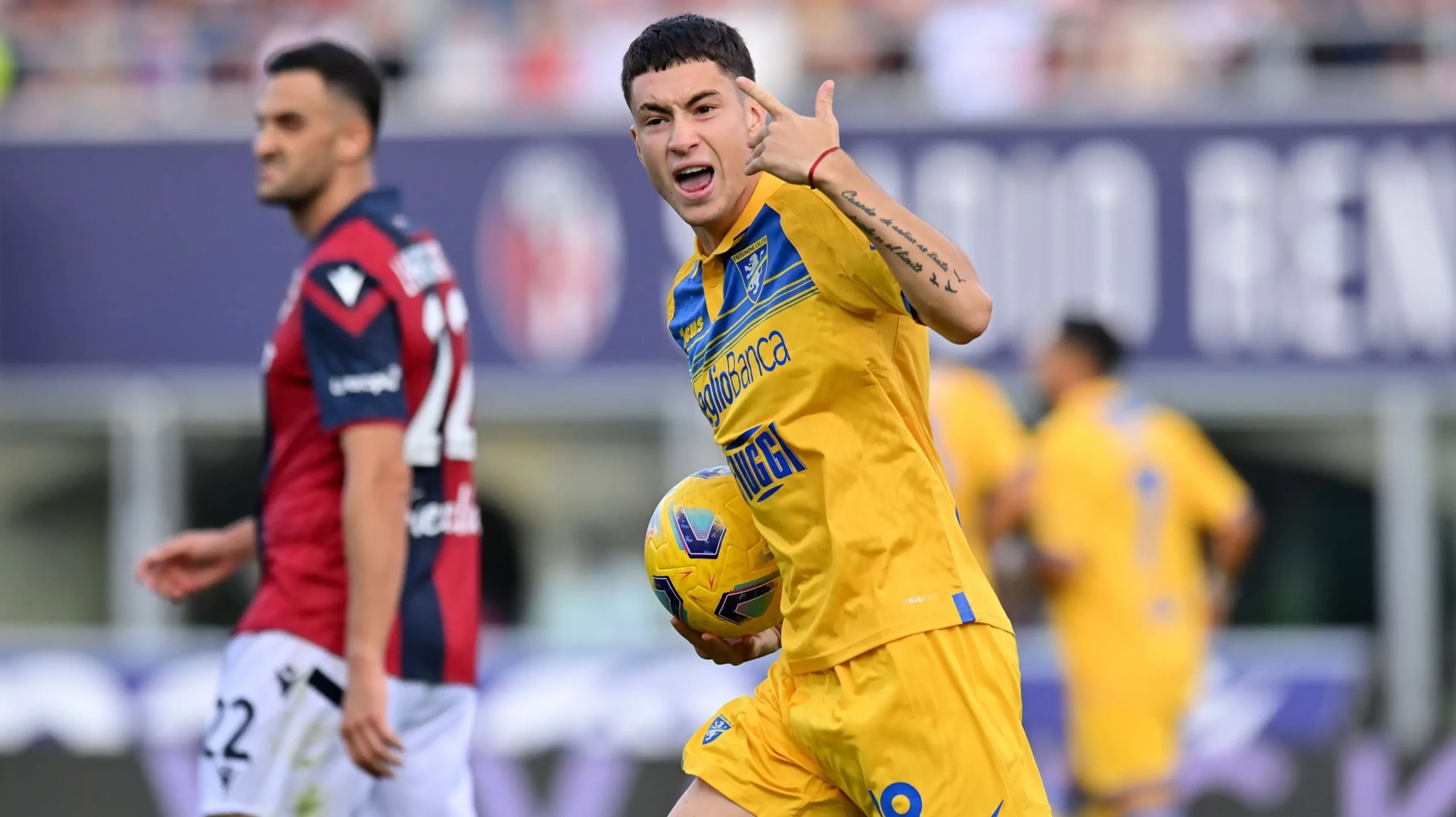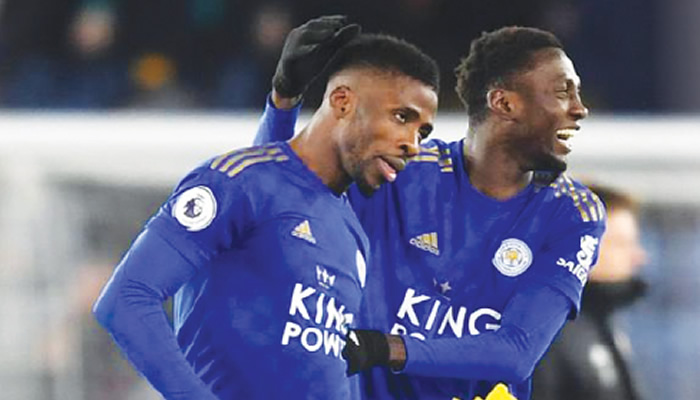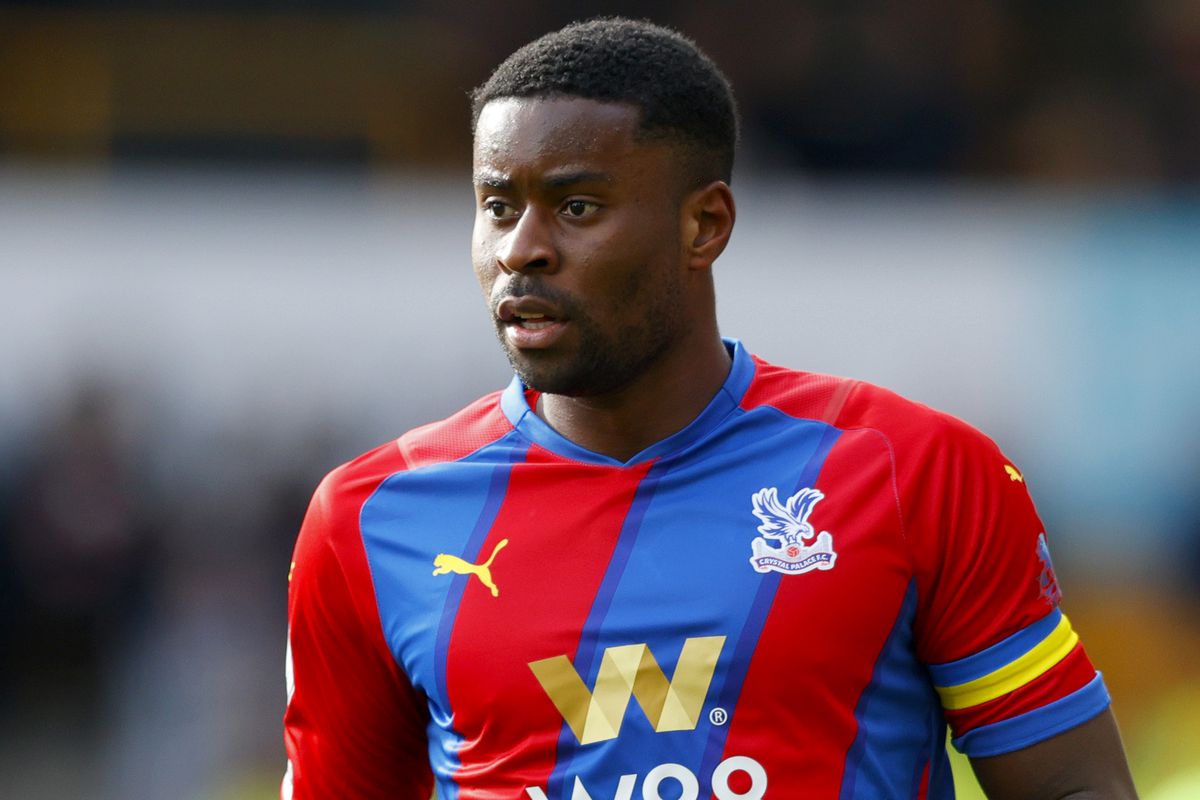
Forever marooned in the bottom half and content to be part of the Premier League but nothing more, Palace are like a child at an adults’ house party – and nobody is having fun

Towards the end of last season, something remarkable happened to Crystal Palace under Roy Hodgson: they started having quite a lot of fun.
Patrick Vieira had once been the marker of a bright new future, but his possessional doctrine had given way to tepid compromise and, eventually, defensive uncertainty.
Hodgson as the old dog learning new tricks? This one was juggling knives while breakdancing. Palace scored five at Leeds United and four at home to West Ham. That accounted for a fifth of their league goals all season.
Hodgson received the bulk of the credit for the transformation. No serious arguments there: managers routinely get the grief when things go wrong. The reappointment of a 76-year-old was, unsurprisingly, not celebrated as a progressive leap, but Hodgson brought the spring clean to Selhurst Park. He proved us wrong.
In hindsight, two things were happening beyond Hodgson’s control and for his benefit. Firstly, Palace’s fixture list turned sharply in the old-new manager’s favour: the five league wins came against the three relegated clubs, Bournemouth and a West Ham side who had emphatically prioritised European competition.
Also, Michael Olise and Eberechi Eze were both present for each of Hodgson’s 10 league games having started two games together in the previous three months due to issues of selection and fitness.
Suddenly Palace had attacking intrigue. Suddenly Wilfried Zaha couldn’t be double-marked. Suddenly Hodgson the pragmatist was persuaded to make life easiest for the strongest aspect of his team.
Related: Saturday was the first time this season that Eze and Olise started a game together and Eze went off injured (and may miss several weeks). So it comes as no surprise that Palace have become emphatically dull once again. Those green shoots of spring were nothing but a mirage, a fading vision of an unambitious dream: a team that routinely scores more than a goal per game.
In the last seven completed seasons, Palace have finished between 11th and 14th in the Premier League. During the decade since promotion, Palace have achieved a points total between 41 and 49, the Premier League’s bottom-half comfort zone. They have occasionally flirted with trouble and offered hope of a top-half surge – “Oh, the joy – we cannot cope!”.
But Crystal Palace’s energy is stronger than such trivial matters as form and fortune. They end up where they always end up.
There are actors within this club, perhaps even the majority of their leadership, who will be perfectly content with such consistency. You take your seat at the table and you collect your broadcasting revenue chips.
At the last formal count (2021-22 season), Palace had the 15th highest revenue in the Premier League and the 11th highest wage bill. And they finish…between 11th and 15th. If you sit quiet and pay your bills, make amends to avoid the deepest pitfalls of managerial incompetence and correct your inevitable mistakes, you’re happy.
In their defence, if there ever was a time to appreciate league table stagnancy, it would be now. Two years ago, Palace had the oldest team in the Premier League and vowed to reduce it. That creates an inescapable process: older players leave for low fees or no fees to get rid of the wages.
Since selling Aaron Wan-Bissaka in June 2019, Palace have sold only two players for transfer fees: Alexander Sorloth (for around £15m) and Christian Benteke (for around £4m).
When middling clubs lose squad depth without recompense, the financial wiggle room to replace them evaporates and thus the club is left to take hopeful punts on potential. Since the start of last summer, Palace have bought six players for fees. Cheick Doucoure has been a roaring success (and he’s now injured for several months). The rest – Chris Richards, Dean Henderson, Rob Holding, Matheus Franca and Naouirou Ahamada – have only one combined league start this season.
But there is an easy way to relieve stagnancy. The young players you do sign are permitted to make mistakes and learn on the job and in the team. You try to give those who spend an increasingly higher proportion of their income traipsing across the country after you something to get excited about. You do not reflect the rise in apathy and atrophy back to the supporters through your own performance.
The Premier League may be an economic behemoth, but very little of the marketing bumf shows you watching from the away stand at Kenilworth Road as your team loses while playing risk-averse football.
It is tempting to focus on the minutiae here. After all, that is all you can change easily: sack the manager (so say reports), appoint someone with another different style (Steve Cooper or Kieran McKenna have both been mooted), hope to provide enough distraction for long enough to persuade people to keep buying season tickets.
That has become Palace’s pattern: Sam Allardyce left with the club in 14th, Hodgson left with them in 14th, Vieira left with them in 12th and they are now 13th.
But that minutiae is itself the distraction. The truth is far less appetising: an existential crisis about what a football club means and who it services. At its most hyperbolic, it broadly draws a line between existence and life and asks an awkward question for Crystal Palace supporters about which they are currently experiencing. Some would give you depressing answers.
You see this cycle is destined to repeat because it always repeats. Either Palace will win one of their next two games and take an unexpected point against a bigger club, ease the pressure on Hodgson and we’ll have this same discussion again in two months’ time. Or they won’t, Hodgson will be sacked and we’ll be here in two years’ time with someone else. It’s not that we’ve been here before; it’s that we’ve never been anywhere else.



Be the first to comment